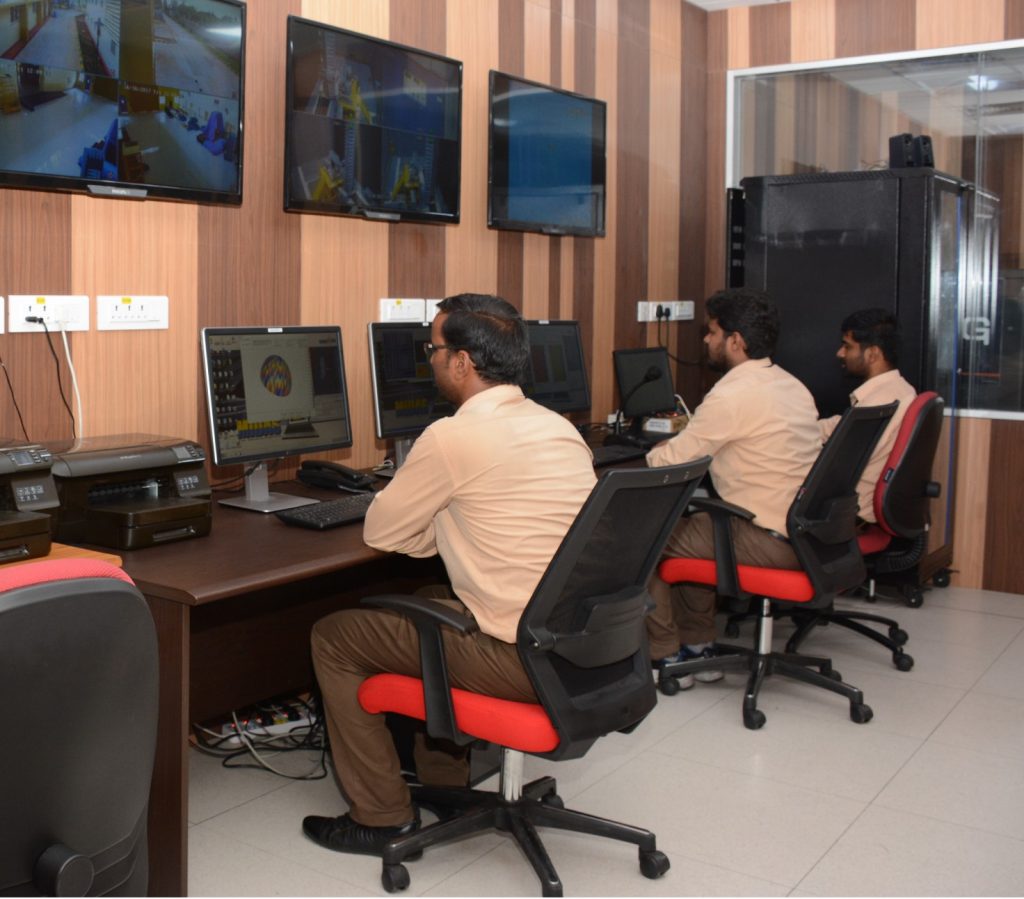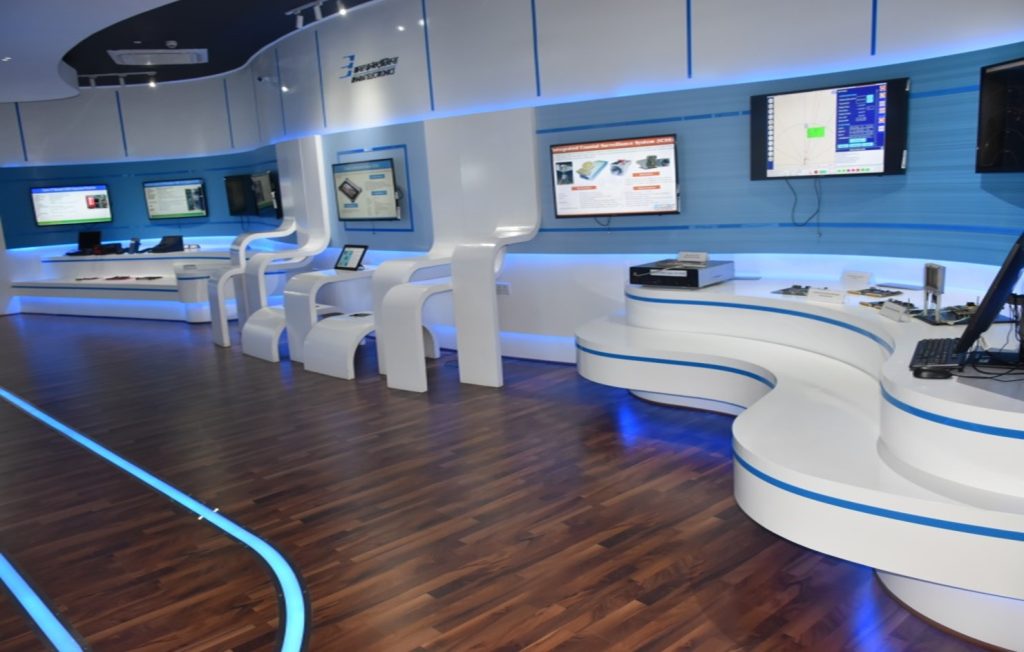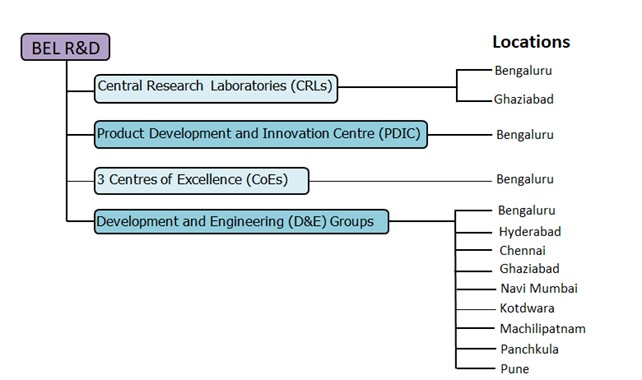

Research and Development is a key focus area at BEL. Research & Development activities started in 1958 and have been contributing steadily to the growth of BEL’s business and self-reliance in the field of defence electronics and other chosen areas of professional electronics.
- BEL’s R&D Policy is to enhance the company’s pre-eminence in defence electronics as well as other chosen fields and products through Research & Development.
- Major R&D objectives of BEL are development of new Products & Systems built with cutting-edge technology modules to meet customer requirements ensuring that the developed products are state-of-the-art, competitive and of the highest quality.
- Research and Development (R&D) has been one of BEL’s core strengths which is being enhanced through in-house and collaborative R&D modes.
- Various divisions of BEL are involved in the development of Strategic Components, Technology Modules, Subsystems, Products, Systems and Systems of Systems.
- BEL has a Multi-Tier R&D structure and all the R&D centres of BEL are registered with Department of Scientific & Industrial Research (DSIR) and function at various locations across India.
- BEL’s Software Technology Centre at Bangalore, Hyderabad Unit and CRL-Ghaziabad have been certified to Capability Maturity Model Integration (CMMI) Level 5 Rating.
R&D Centres of BEL
The R&D Labs (CRLs/PDIC/CoEs/D&Es) work in the identified technology and product areas, based on three-year R&D plans. Apart from in-house efforts, BEL R&D Engineers collaborate with DRDO, ISRO, CSIR, other Research Laboratories, National and International Academia, Research Institutes, OEMs/Industry, Experts/Consultants, MSMEs and Start-ups in niche technology domains. BEL has created an ecosystem to develop Products/Solutions in many business segments. The D&E groups at SBUs/Units provide Systems and System of Systems Solutions to the end users. Towards this, they get necessary Technology Modules and Subsystems developed through CRLs, PDIC, CoEs and collaborative R&D partners.

